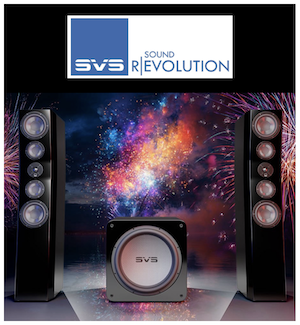Hello,
my REW version is V5.20 Beta 25 and I measured my left speaker with measurement sweeps 20Hz-200Hz and 20Hz-20kHz. In both cases timing reference signal was set to right speaker.
In the 20Hz-200Hz scenario my left speaker was acting as a SW (which I don't have yet) and in this hypotethical scenario I was trying to measure time delay between my left speaker (with 20Hz-20kHz sweep) and my future SW (with 20Hz-200Hz sweep and my same left speaker acting as SW). I was expecting to get identical time delay figures, but I didn't. Here is what I got:
Freq. response:

Phase response:

.. an Impulse response:

As you can see, while FR is šretty much identical phase response is not, and the one that really differs is IR. From IR graphs I was not able to tell that this is identical speaker playing 2 sweeps with identical time delay.
So, am I doing something wrong, and if so, what is the right way to measure phase and time delay of SW that cannot play above 200Hz so measurement sweep 20Hz-200Hz must be used?
my REW version is V5.20 Beta 25 and I measured my left speaker with measurement sweeps 20Hz-200Hz and 20Hz-20kHz. In both cases timing reference signal was set to right speaker.
In the 20Hz-200Hz scenario my left speaker was acting as a SW (which I don't have yet) and in this hypotethical scenario I was trying to measure time delay between my left speaker (with 20Hz-20kHz sweep) and my future SW (with 20Hz-200Hz sweep and my same left speaker acting as SW). I was expecting to get identical time delay figures, but I didn't. Here is what I got:
Freq. response:
Phase response:
.. an Impulse response:
As you can see, while FR is šretty much identical phase response is not, and the one that really differs is IR. From IR graphs I was not able to tell that this is identical speaker playing 2 sweeps with identical time delay.
So, am I doing something wrong, and if so, what is the right way to measure phase and time delay of SW that cannot play above 200Hz so measurement sweep 20Hz-200Hz must be used?














